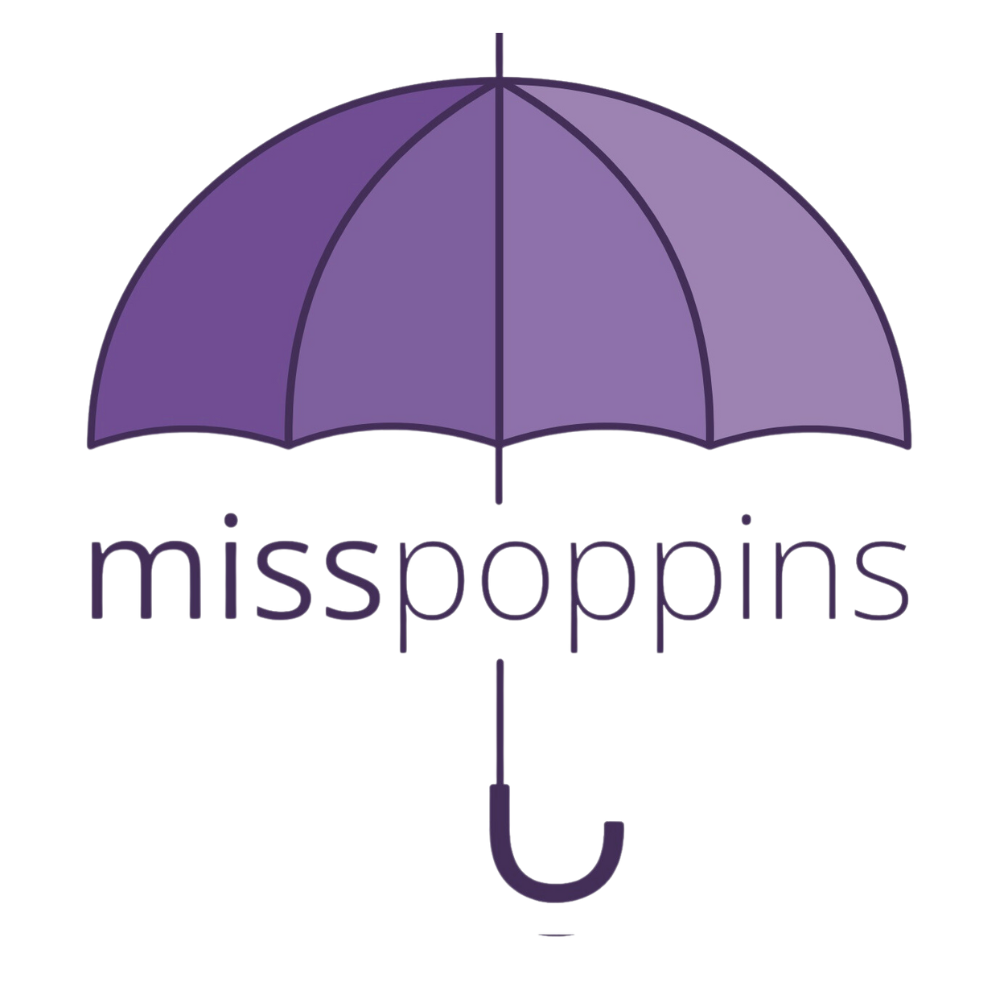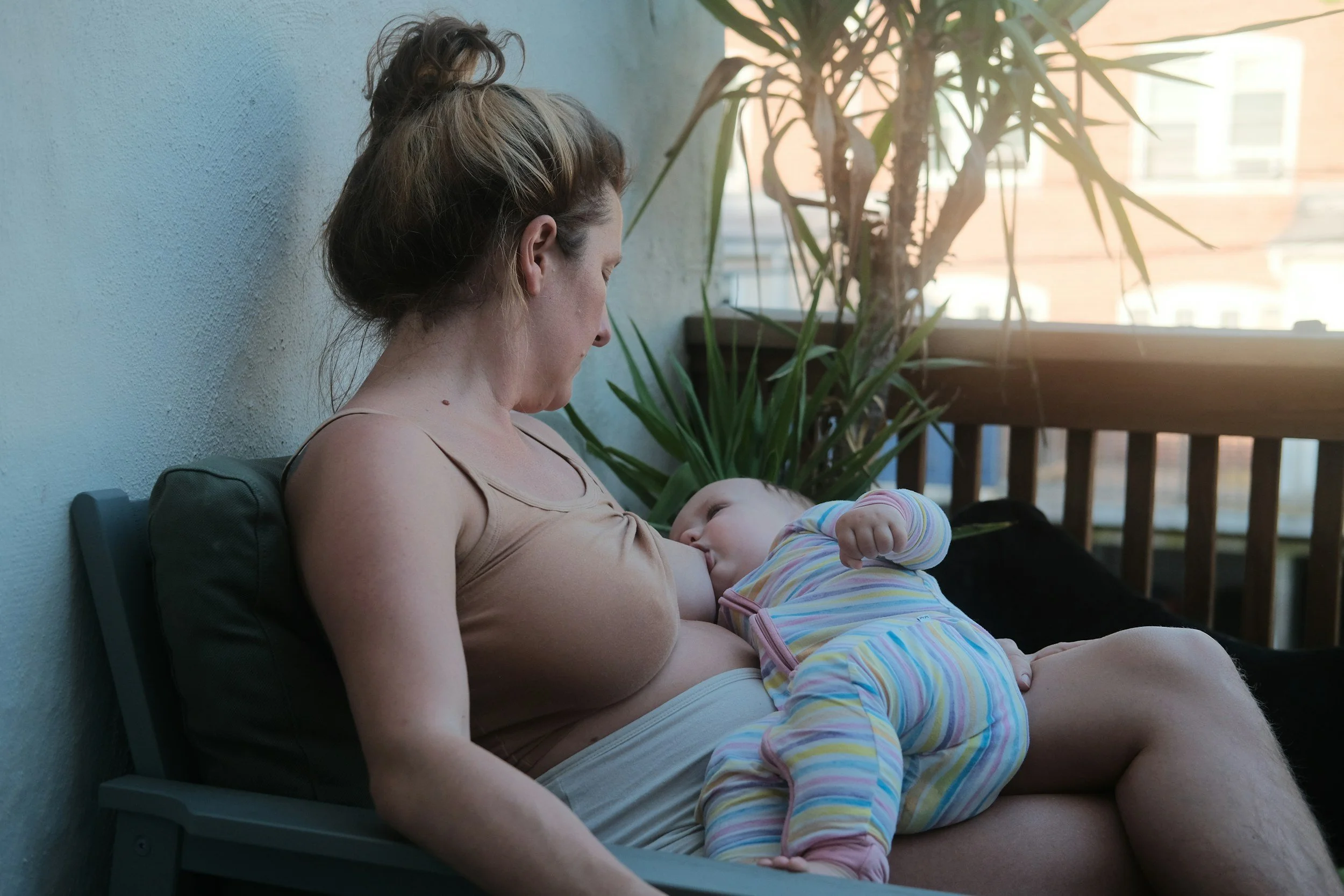Common Complications of Improper Breastfeeding
Without the right education or support, complications of improper breastfeeding can quickly turn something natural into quite a painful experience. Luckily, most of these improper use side effects are avoidable.
Issues like incorrect latch, infrequent feeding, or untreated inflammation can cause soreness, engorgement, or even infection. For many new parents, these complications arise simply because guidance isn’t always easily accessible in the postpartum period.
If you’re experiencing pain while breastfeeding, or notice redness, swelling, or fever, it’s important to reach out to your doctor or lactation consultant early. These are often signs of preventable conditions that can be immediately treated through technique training, proper due diligence, and application of useful products/tools.
The Most Common Breastfeeding Complications
Each body and feeding journey is unique, but some breastfeeding concerns tend to appear more frequently than others. Mothers often report the following conditions:
Mastitis
Mastitis is a common inflammation of breast tissue that can cause swelling, redness, pain, and, in some cases, infection. According to the Centers for Disease Control and Prevention (CDC), it often develops when milk isn’t fully drained, creating pressure and bacterial buildup in the ducts.
“Mastitis is most often preventable with the right latch, feeding rhythm, and rest,” says Dr. Jane Morton, a Stanford University pediatrician and lactation educator. “When it does occur, continuing to breastfeed or pump on the affected side and staying hydrated typically helps resolve inflammation before it progresses.”
If symptoms persist or fever develops, your doctor may prescribe antibiotics that are safe during breastfeeding.
Cracked or Sore Nipples
Cracked or sore nipples are among the most common causes of pain while breastfeeding and are often due to improper latch or positioning. These wounds can worsen quickly, leading to a possible nipple infection if not addressed.
As explained in MissPoppins’ Nipple Shields Breastfeeding Guide, “These wounds happen when the nipple isn’t positioned deeply enough in the baby’s mouth, causing friction and surface irritation that worsens with repeated feeds.”
Dr. Jack Newman, pediatrician and founder of the Newman Breastfeeding Clinic, adds that “pain is not normal in breastfeeding, it’s communication. When latch and positioning improve, pain almost always disappears.”
A lactation consultant can help identify what’s causing the damage and recommend topical treatments or techniques for healing.
Low Milk Supply
A low milk supply is one of the most anxiety-inducing concerns for parents, but it’s often temporary and linked to stress, infrequent feeding, or hormonal imbalance.
In MissPoppins’ How Stress Disrupts the Body’s Ability to Breastfeed, certified lactation consultant Dawn Maddux, IBCLC, explains:
“Cortisol is a powerful blocker of the let-down reflex. When we’re stressed, it becomes harder for oxytocin to signal milk release, even if the body is producing enough.”
This connection between stress and milk production is also explored in How Do Cortisol Levels Affect Pregnancy?, where experts emphasize that chronic stress can influence both lactation and postpartum recovery.
To support milk supply:
Nurse or pump frequently to establish rhythm and demand.
Stay hydrated and eat balanced meals.
Incorporate rest and relaxation — even brief mindfulness breaks can lower cortisol levels.
“If we stress ourselves out, we tense, our body is tenser. In order to really make more milk, you gotta have a relaxing experience... during stress, the cortisol level rises and has an impact, of course, on your production and then it affects the baby too.”
— Oryslawa Seidemann, MissPoppins Podcast, 2025
If low supply continues, consult a lactation specialist to assess possible latch, hormonal, or thyroid-related causes.
Breast Engorgement
Breast engorgement occurs when the breast is producing too much milk (hyperlactation) or milk isn’t removed regularly. This leads to swelling, hardness, and tenderness.
“Engorgement is the body’s way of signaling an imbalance between milk production and milk removal,” explains Dr. Alison Stuebe, professor of maternal-fetal medicine at the University of North Carolina. “It’s common in the first week postpartum and often resolves when feeding frequency and positioning are optimized.”
The Cleveland Clinic notes that engorgement can also result from missed feedings, abrupt weaning, or excessive pumping. Applying a cold compress for 15 to 20 minutes several times a day can reduce inflammation and ease discomfort.
Overpumping can worsen the issue. Only express enough milk to relieve pressure. Emptying completely can send signals to your body to make even more, which perpetuates oversupply. Supportive, nonrestrictive bras and gentle massage between feeds can also help.
If you develop redness, a high fever, or throbbing pain, contact your provider to rule out infection.
Preventing Breastfeeding Complications
Most complications of improper breastfeeding can be prevented with early education, consistent feeding habits, and professional support.
Start early: Schedule a lactation consultation within the first week postpartum.
Feed on demand: Avoid long gaps between feeds to prevent engorgement.
Alternate sides and positions: This helps prevent nipple soreness and blocked ducts.
Keep the area clean and dry: This reduces bacterial and yeast infections.
Rest and hydrate: Fatigue and dehydration can quickly impact supply and healing.
Dawn Maddux, IBCLC, reminds parents in her MissPoppins interview that, “We’re one of the only mammals who struggle to breastfeed because we’ve lost the modeling. We have to rebuild that intuitive knowledge through open and honest parenting resources.
Always Seek Expert Support
Persistent pain, cracked nipples that don’t heal, or feverish symptoms are all signals that you need medical evaluation. Mastitis and infections are manageable when treated early but can escalate quickly if ignored.
“Mothers should never accept pain as part of the breastfeeding process,” says Dr. Morton. “If it hurts, there’s a reason, and that reason is almost always fixable.”
Breastfeeding Mother


